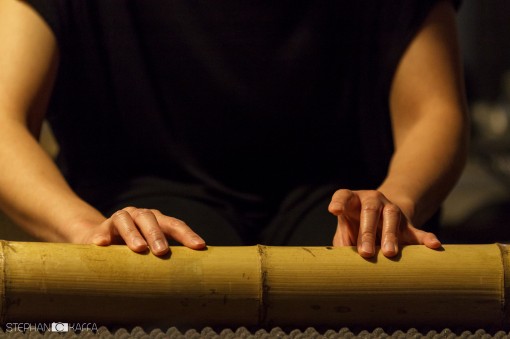SD WAN gives you immediate visibility and control of network traffic and can provide a different cost alternative to traditional networking, and you can find some resources to install an SD WAN in sites such as https://www.fortinet.com/resources/cyberglossary/sd-wan-explained.
It can also help you to reduce your costs for maintenance and for the provision of new hardware as well as for network storage. For a high level overview on the capabilities of the SONET WAN please visit our web page.
Please refer to this video for more information about SONET WAN technology:
SONET WAN hardware specifications
SONET WAN hardware architecture
SONET WAN design concept
How do we choose the storage vendors and how does that affect our project? We have an internal vendor database with vendors that we have a good level of confidence in. There is a mix of legacy, software and new vendors. We do not have a system for selecting vendor based on price because we do not know that for sure. When we need to change the hardware we have to buy a new box, so there is some risk involved. There are no off the shelf solutions to make this process easier. We have some vendor that offer software that will help us do this, but this is very time consuming for us to do this and we cannot guarantee that the vendor will be able to make it in time for our next event.
I know this is just a simple question but please, can you tell me how much you spent on your event last year? If the answer is less than $2000.00, then I will be happy to purchase your services.
Thanks,
Nils
The cost of a small wedding can be anywhere between $6,000.00-$10,000.00. Please call our events department at 855-847-8228 if you need more details. Please remember that these prices are only the cost of the event. A lot of expenses that are not reflected here are the things that go on prior to the wedding. We offer a variety of wedding planning packages for you and your guests. You will be offered an opportunity to review the prices prior
